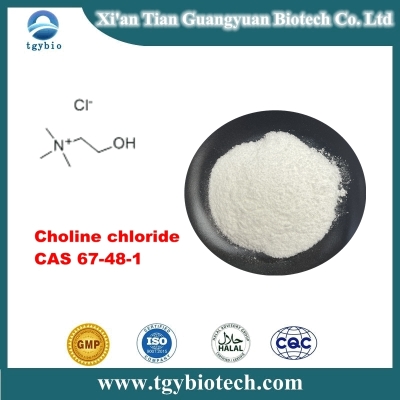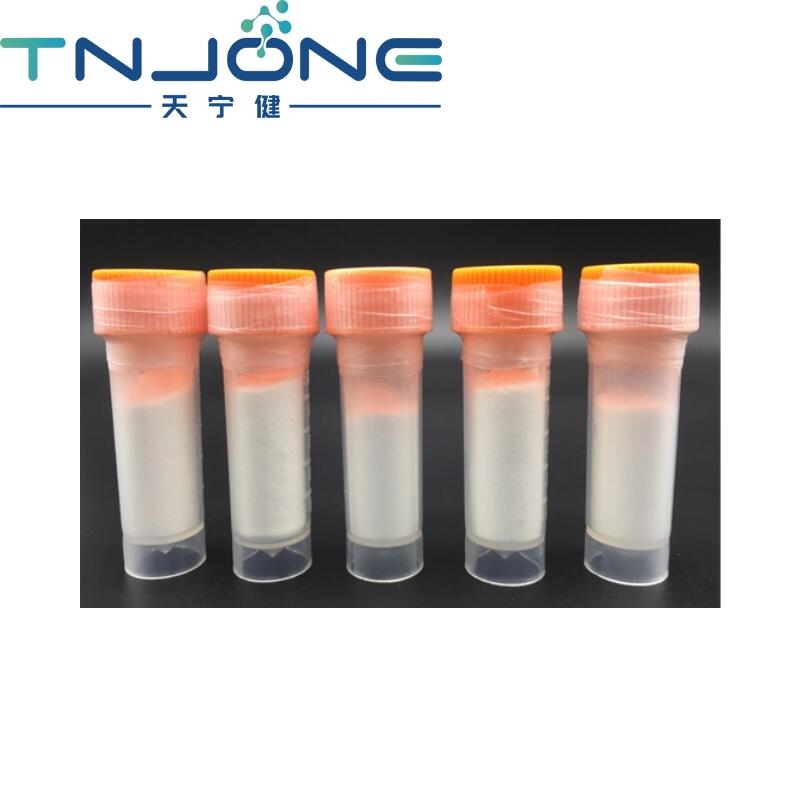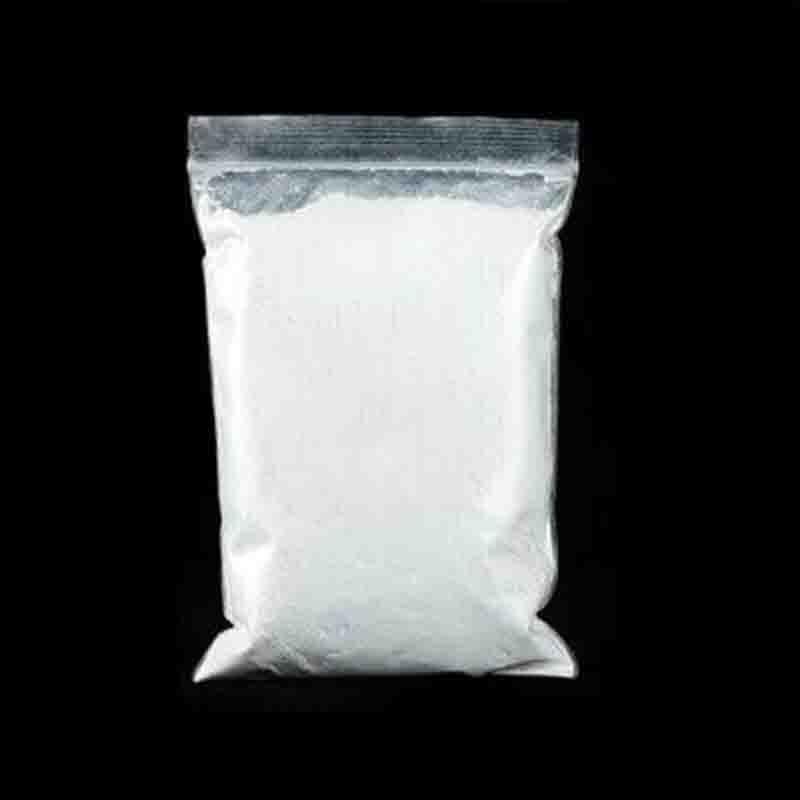-
Categories
-
Pharmaceutical Intermediates
-
Active Pharmaceutical Ingredients
-
Food Additives
- Industrial Coatings
- Agrochemicals
- Dyes and Pigments
- Surfactant
- Flavors and Fragrances
- Chemical Reagents
- Catalyst and Auxiliary
- Natural Products
- Inorganic Chemistry
-
Organic Chemistry
-
Biochemical Engineering
- Analytical Chemistry
-
Cosmetic Ingredient
- Water Treatment Chemical
-
Pharmaceutical Intermediates
Promotion
ECHEMI Mall
Wholesale
Weekly Price
Exhibition
News
-
Trade Service
【Background Analysis】
Language development retardation, which refers to the fact that children's oral expression ability or language comprehension ability caused by various reasons has not yet reached the normal level of child development of the same age and sex, and has become one of the most common developmental diseases in
【Cause】
Children's language development retardation is mainly manifested by poor language comprehension and poor expression ability, which can be caused by a variety of diseases or body dysfunction, such as chest development retardation, hearing impairment, intellectual disability, central system disease, etc.
Language development delay not only affects the development of children's normal interpersonal communication ability and social adaptability, but also easily forms psychological disorders, which seriously affects children's physical and mental health and quality
【Traditional Therapy VS Combination Therapy】
The traditional treatment of language development disorders is mainly oral muscle training and speech training
Combination therapy is based on traditional therapy, supplemented by tDCS technical interventions
Studies have shown that most people have a language dominance in the hemisphere of the left side, and that damage to the left cerebral hemisphere is the pathological basis
In fact, as early as the 1960s, through the electrode pieces placed on the scalp, the release of a constant microcurrent, the regulation of the activity of nerve cells in the cerebral cortex in a specific area, causing excitatory changes, thereby effectively changing the charge distribution of the body's nerve cell membrane potential, producing depolarization, hyperpolarization phenomenon, and then regulating brain function therapy, has been used in the treatment
【Clinical Trials】
In 2020, the Department of Speech Rehabilitation of Beijing Rehabilitation Hospital affiliated to Capital Medical University conducted a clinical study aimed at verifying the difference between
From November 2017 to October 2018, 120 children who were treated at Beijing Rehabilitation Hospital affiliated to Capital Medical University were selected as research subjects, with an average age of 4.
After 3 months, the language development and overall development of the two groups of children were compared
As shown in the figure above, the total effective rate of the observation group (combination therapy) was 91.
As shown in the figure above, the average score of the Observation Group (combination therapy) increased by 32.
As shown in the figure above, in terms of adaptive behavior, large motor behavior, fine motor behavior, and personal social skills, the improvement rate of the observation group (combination therapy) was about
As shown in the figure above, the improvement in oral motor function was more pronounced in the observation group (combination therapy) than in the control group (traditional therapy), and the improvement was very stable
【Research Conclusion】
In summary, the traditional therapy combined with tDCS for the treatment of children's language development delay has a good clinical effect, which can significantly improve the child's language ability and oral motor function, improve the development status of the child, and deserve clinical promotion
【References】
ZHANG X, DAI Xin, HE Yuan, et al.







